
Silkytie Breed Information & Characteristics
Hypoallergenic
Are Silkyties Hypoallergenic?
Unfortunately, the Silkytie is not hypoallergenic, making it not a good choice for a dog lover who suffers from pet allergies.
Temperament
What is a Silkytie personality? What are Silkytie dogs best known for?
Playful
Alert
Intelligent
Friendly
Responsive
Affectionate
Quick
Lively
Gentle
Joyful
Inquisitive
Shedding Level
Are Silkyties heavy shedders? How Much Does a Silkytie Shed?
Silkytie dogs are low shedders. The coat sheds an average amount and doesn't require much care.
Origin
Where do Silkyties come from?
United States
Ancestry
What are Silkyties descended from?
Shetland Sheepdog and Silky Terrier
Date of Birth
When were Silkyties first bred? How old is the Silkytie breed?
Unknown
Eye Color Possibilites
What color are Silkytie eyes?
Brown
Nose Color Possibilites
What color can Silkytie nose be naturally?
Black
Coat Color Possibilites
What color can Silkytie coat be naturally?
Black
Gray
Silver
Cream
White
Brown
Red
Fawn
Coat Length
How long is a Silkyties coat?
The coat of a Silkytie dog is generally known for its length.
Coat Density
How Dense Is The Silkytie Coat?
Coat Texture
What is the texture of the hair of a Silkytie?
Straight
Litter Size
How many puppies can a Silkytie have in a litter? How many puppies can a Silkytie have in her first litter?
A Silkytie can have a litter of 4-6 puppies on average. However, it's worth noting that the size of the litters can vary greatly. Factors that can influence litter size include the health of the mother, breeding history, and genetics.
Adaptability
The adaptability of Silkytie dogs is a well-known trait, they are known for being able to adjust well to different living environments and lifestyle changes.
Health Issues
Do Silkyties have a lot of health problems?
The Silkytie is generally considered to be healthy. However, like all breeds, they are susceptible to certain health issues and it is important to keep an eye out for them and address them with your veterinarian as needed.
Major Concerns
What are the major health concerns to be aware of when owning a Silkytie?
Hip Dysplasia
Legg-Calve Perthes Disease
Minor Concerns
What are the less significant issues to keep in mind when it comes to Silkyties?
Cataracts
Allergies
Diabetes
Hypothyroidism
Progressive Retinal Atrophy (PRA)
Collie Eye Anomaly (CEA)
Occasional Tests
What are the occasional tests recommended for Silkytie breed?
Eye Examination
Radiographs
Blood Sugar and Thyroid Tests
Social Needs
Do Silkyties need socialization? How social are Silkyties?
Silkytie have above average social needs compared to other breeds.They thrive in environments where they have a lot of interaction with humans and other dogs.
Sleeping Need
How much sleep should a Silkytie have? Do Silkyties sleep a lot?
The Silkytie breed is known for its moderate energy levels and normal sleep patterns, typically sleeping around 12-14 hours per day.
Mouthiness
Are Silkyties mouthy?
Roaming urge
What is the likelihood of a Silkytie running away? Do they have a tendency to explore or wander frequently?
Prey Drive
Do Silkytie dogs have a high prey drive?
Activity Level
What is the energy level of a Silkytie? How much energy does a Silkytie have?
Silkyties are medium-energy dogs and typically enjoy socializing and playing casual or even sustained games of chase with other dogs. They may also have occasional periods of barking or racing around the house.
Tolerance of being left alone
Walks per Week
How far should a Silkytie walk each week? How many miles should a Silkytie walk every week?
There's really no limit to how far you walk your dog as long as they're comfortable. For Silkytie, it's at least 8 miles / week. Just remember to build distance and stamina gradually over time.
Activity per Day
How much a Silkytie should exercise a day? How much activity does a Silkytie need?
In general most Silkyties usually need at least 30 minutes of exercise daily. This can be spread across the day and include all sorts of high-energy activities, like walking, running and playing.
Grooming
What level of grooming should be provided for a Silkytie?
This breed is known for having high grooming needs.
Brushing Frequency
How often should you brush a Silkytie?
Silkytie should be brushed at least once a week. Of course you can give them more frequent brushes if you find that they are still shedding a lot
Brushing Tools
What are the most commonly used brushing tools for Silkyties?
Pin Brush
Slicker Brush
Nail Clipper
Cups
How many cups of food does a Silkytie eat?
For an average 10-20 pound (5 - 9 kg) Silkytie feed 1 cups daily. But, keep in mind, the amount you feed is going to be dependent on the quality of the food you are feeding.
Daily Cost
How Much Does a Silkytie Cost Daily?
The average cost of a Silkytie is somewhere $1.40 - $1.70 per day.
Monthly Cost
How Much Does a Silkytie Cost Per Month?
The average per month expenses of a Silkytie is between $35 - $42. This makes an average of $420 - $504 per year. It will be on the higher side when the dog is still small because it will need more frequent visits to the vet, shots.
Sensitivity Level
How sensitive is a Silkytie dog?
This dog breed is particularly attuned to its environment and the emotions of those around it. It can be easily overwhelmed by loud noises, new environments, and unfamiliar people or animals. This dog is best suited for individuals or families who are patient, gentle, and understanding of its sensitive nature. It may also benefit from a calm and stable home environment, with a consistent routine and plenty of positive reinforcement training.
Apartment Friendly
Do Silkytie do well in apartments? Are Silkyties good indoor dogs?
The Silkytie is an apartment-friendly dog breed. They can do perfectly well in apartments providing they are sufficiently exercised and taken out and about as part of their owner's daily lifestyle.
Child Friendly
Are Silkyties good with kids? Are Silkyties good around children?
Silkyties are kid-friendly dogs. They are good with children and excellent dogs with children if they are socialized and trained at a young age.
Senior-friendly
Are Silkyties good for elderly?
Cat Friendly
Are Silkyties good with cats? How friendly Silkyties are toward cats?
Silkyties are one of the best dogs for cats. They're accept cats readily as part of the family. However, this dog breed should be trained to not chase after the kitty early on
Dog Friendly
Do Silkytie dogs get along with other dogs? Are Silkyties OK with other dogs?
Silkyties are average friendly towards other dogs. If they are raised with other dogs, they are likely to get along with them. And, if they are socialized properly from a young age, they will usually be great with other dogs.
Pet friendly
How do Silkytie dogs interact with other pets? Are they considered pet-friendly?
Stranger Friendly
Are Silkyties friendly with strangers?
Silkyties are average friendly around strangers. They can be wary around strangers and a little standoffish. Early socialisation is key.
Playfulness
Do Silkyties like to play? Are Silkyties playful?
The Silkytie is a playful dog. So, no matter how busy the day may get, the best thing you can do for your Silkytie is to make time each day to play. It can be as little as 15-20 minutes, and it will mean the world to them.
Trainability
Are Silkytie easily trained?
Silkytie dogs are known for their ease of training and ability to learn quickly, making them a popular choice for pet owners and trainers alike.
Compare Silkytie with other breeds

Miniature Goldendoodle
Silkytie vs Miniature Goldendoodle

Schipper-Poo
Silkytie vs Schipper-Poo

Brittany Beagle
Silkytie vs Brittany Beagle

Havachon
Silkytie vs Havachon
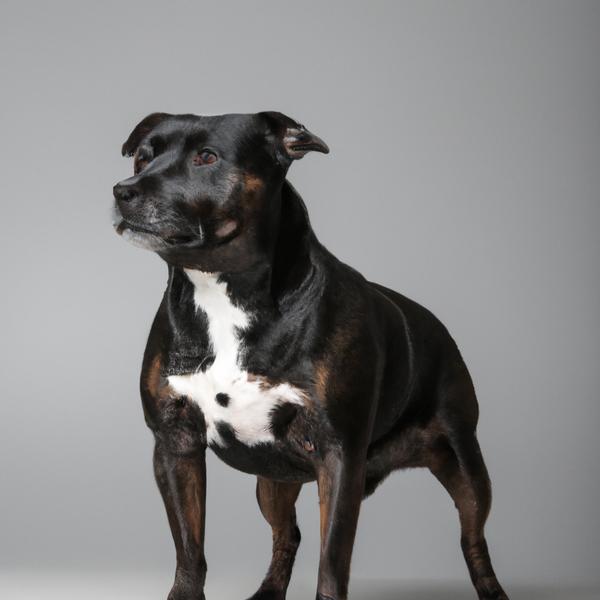
Staffordshire Bull Terrier
Silkytie vs Staffordshire Bull Terrier
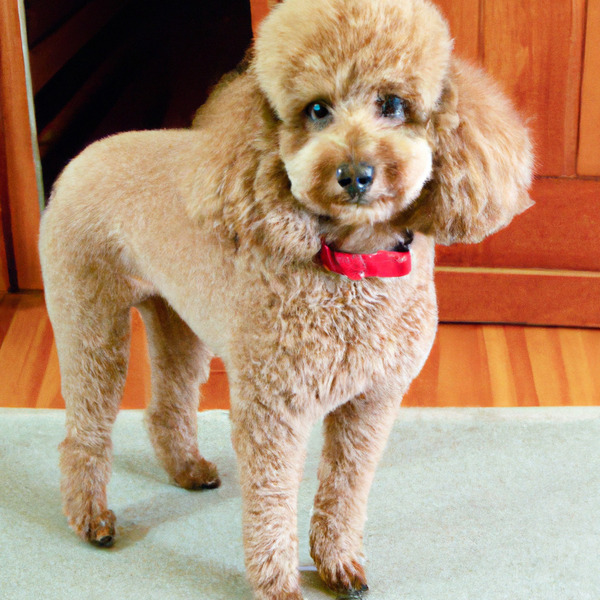
Poodle
Silkytie vs Poodle
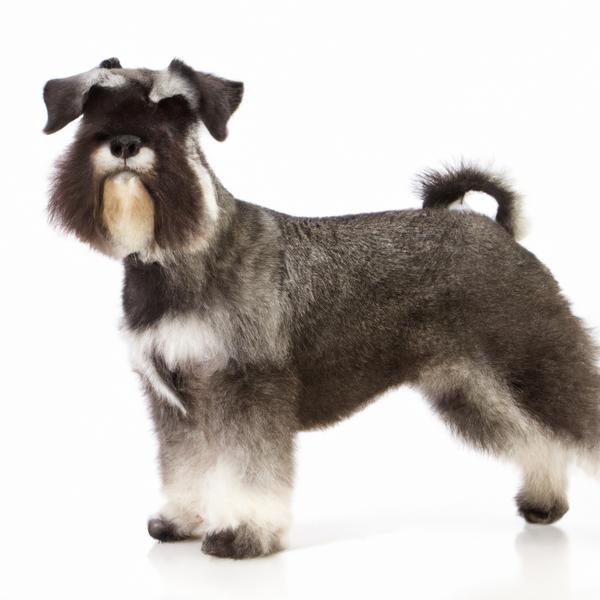
Schnau-Tzu
Silkytie vs Schnau-Tzu
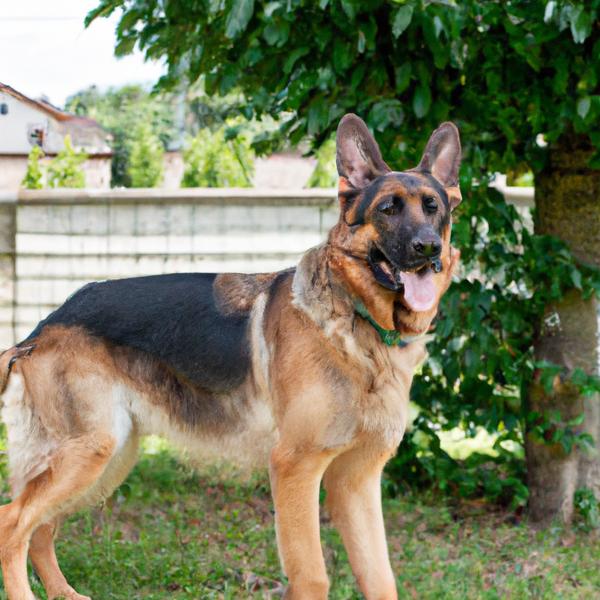
German Shepherd
Silkytie vs German Shepherd
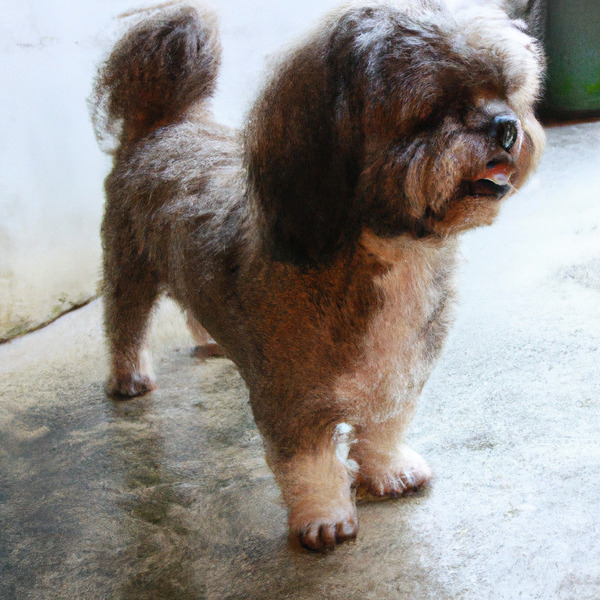
Shih-Poo
Silkytie vs Shih-Poo

Irish Troodle
Silkytie vs Irish Troodle

Golden Bullmastiff Retriever
Silkytie vs Golden Bullmastiff Retriever

Coton Eskimo
Silkytie vs Coton Eskimo